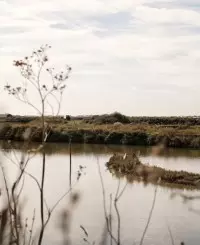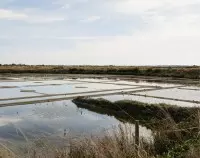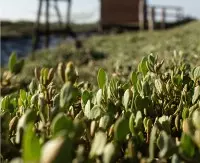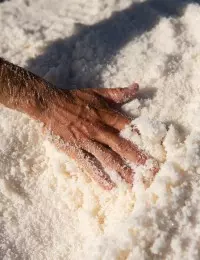

An exceptional heritage salt marshes
The Guérande peninsula is a land of intense character where nature and mankind work together to preserve its richness and history. The dynamic town of Guérande has lived to the rhythm of the marshes for generations of enthusiasts.
The Guérande salt marshes: a unique, protected natural site
The 2,000 hectares of marshes in the Guérande and Mès basins form a unique natural site, recognized as a remarkable heritage.
A veritable refuge, the salt marshes are home to a wide variety of birds and plants to be discovered during a visit imbued with authenticity.
A natural sanctuary born of human activity, cultivated to the rhythm of the water... Whose preservation is essential.




The marshes of Guérande over the years


Visit the salt marshes and the Guérande peninsula
The Guérande salt marshes and peninsula invite you to discover them, immersed in a raw, authentic and preserved landscape. Discover the world of Guérande salt, from its birth to its formation, via the fascinating profession of paludier. These private lands are visited alongside professionals who know their every secret.


The birth of salt: true craftsmanship
Le Guérandais Guérande Salt is born of the alchemy between salt marshes, sun and wind. For centuries, salt workers have relied on manual, ancestral harvesting techniques to gather salt from the œillets.


Fauna and flora salt marshes
If Guérande's salt marshes abound in a Fauna and Flora as rich as they are exceptional, it's thanks to the collective spirit of the Guérandais and Guérande's salt workers watch over their preservation.

All the news of the Le Guérandais cooperative
To find out more about the extraordinary heritage of the salt marshes, its events and the strength of the Le Guérandais cooperative, take a look at our dedicated articles!



